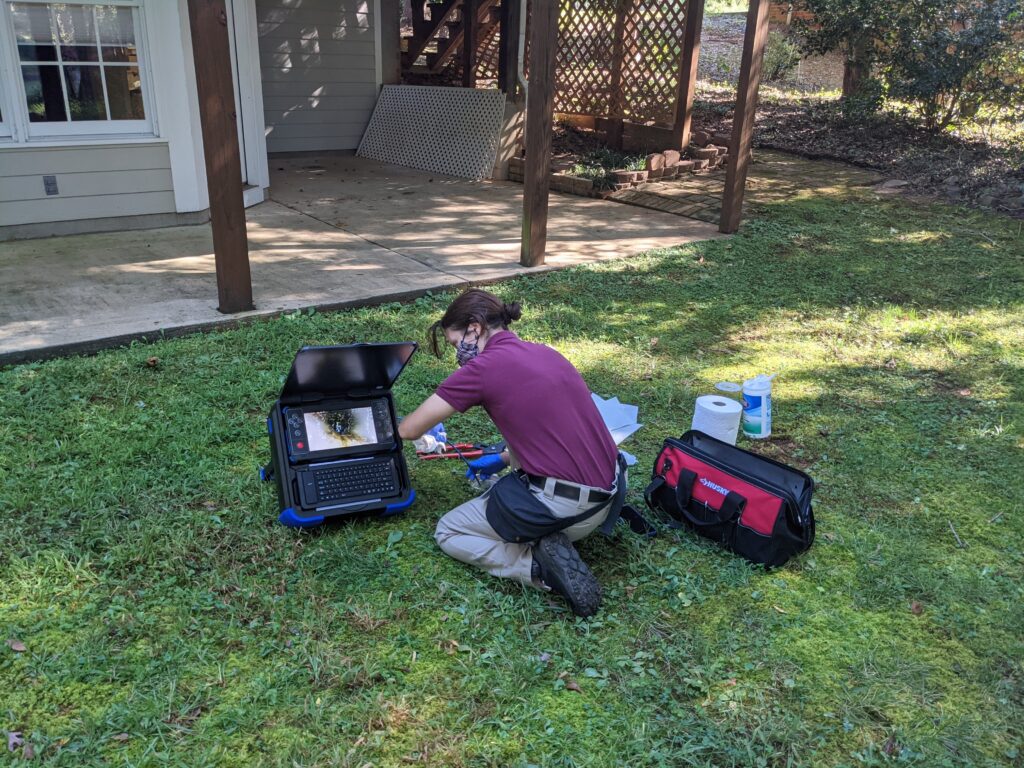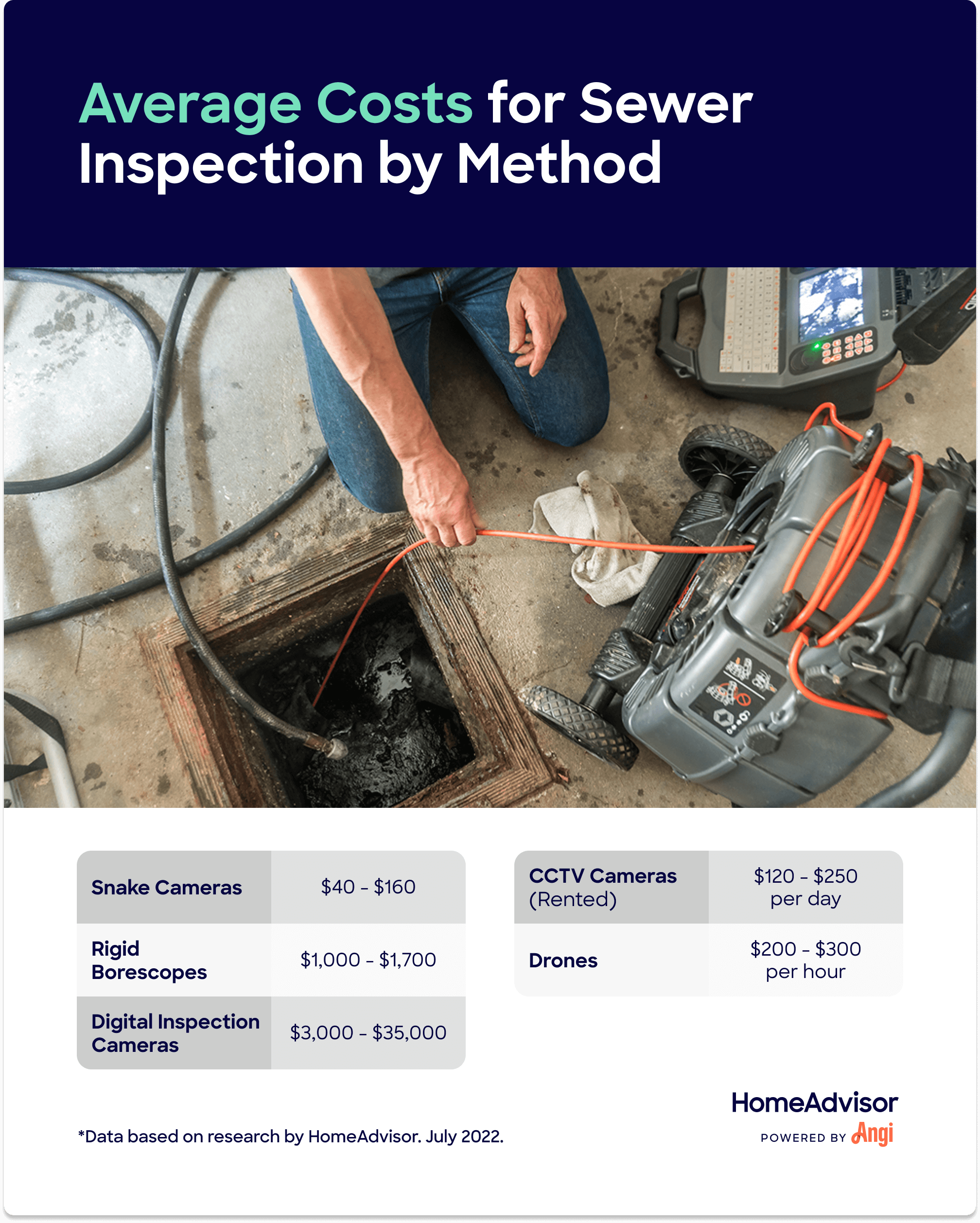Usual Drain Line Problems and Their Solutions: A House owner's Manual

Tree Root Invasions
Tree origin breaches are a substantial and common issue influencing drain lines. Drain pipes, especially older ones made of clay or various other porous products, offer an attractive target.
Normal assessments utilizing video clip camera innovation can recognize origin existence before it becomes an extreme issue. For a more permanent service, chemical origin awesomes can be used to hinder additional growth within the pipelines. In extreme cases, pipeline relining or substitute may be essential to recover the integrity of the drain line.
Executing safety nets, such as planting trees far from drain lines and using root obstacles, can reduce the risk of future intrusions, thus safeguarding the performance of your sewer system.
Pipe Deterioration
Deterioration in drain pipelines is a prevalent concern that can significantly endanger the integrity and capability of a sewer system. Commonly happening in steel pipes, such as cast iron or galvanized steel, deterioration outcomes from extended direct exposure to wetness, chemicals, and various other destructive representatives located in wastewater. Over time, this procedure weakens the pipe wall surfaces, bring about leakages, breaks, and eventually, pipe failure.
The key kinds of pipeline corrosion include consistent rust, where the entire surface area of the pipeline rusts uniformly, and local rust, such as pitting or crevice corrosion, which impact certain areas of the pipe. Recognizing the early signs of deterioration, such as blemished water or unusual odors, is critical for prompt intervention.
Applying protective finishings, utilizing corrosion-resistant products like PVC or polyethylene, and mounting cathodic defense systems can dramatically extend the life expectancy of sewage system pipelines. Eventually, aggressive monitoring and prompt repair services are crucial to reduce the harmful effects of pipeline deterioration on sewer systems.
Blockages and obstructions
Obstructions and blockages are among the most common and disruptive issues influencing drain lines. These obstructions can arise from a range of resources, consisting of the build-up of debris such as food, hair, and oil particles, as well as the intrusion of tree roots seeking moisture. Over time, these materials construct up, narrowing the pipeline and at some point leading to complete clogs that can trigger wastewater to support right into homes.
Safety nets are important for minimizing the risk of clogs. Regular upkeep, such as regular hydro-jetting and the usage of enzyme-based cleansers, can assist keep pipes clear of particles. House owners ought to likewise be mindful of what they throw away down their drains pipes; avoiding oil, coffee premises, and coarse veggies can significantly minimize the chance of clogs.
When clogs do happen, professional treatment is frequently required. Plumbing technicians may use a selection of devices, such as augers (also Going Here referred to as drainpipe snakes) and high-pressure water jets, to separate and remove the blockage. In a lot more serious cases, video examination equipment can be used to diagnose the problem and locate, ensuring that the ideal solution is applied effectively. Regular inspections and timely interventions can aid preserve the integrity and functionality of sewer lines.
Leaking Sewage System Lines
Beyond clogs and blockages, leaking drain lines provide a considerable worry for homeowners and districts alike. These leakages can arise from various elements, consisting of pipeline rust, changing soil, invasive tree origins, and tear and wear over time. Left unaddressed, dripping sewage system lines can trigger comprehensive building damage, promote mold and mildew development, and posture significant health risks due to the contamination of groundwater and soil.

Repair techniques rely on the intensity of the leakage and the problem of the sewage system line. Small leakages might be settled with trenchless repair work techniques, such as pipe cellular lining or pipe bursting, which are less invasive and quicker to finish. In more serious instances, typical excavation and substitute of the impacted pipeline area may be necessary. Consulting with a certified plumbing professional guarantees a precise diagnosis and suitable Bonuses remedy to minimize the concern effectively.
Sewer Line Bellies
When it pertains to sewer line issues, one particularly challenging trouble is the development of drain line tummies. A sewage system line tummy occurs when a section of the pipeline sags or dips, creating a reduced spot where waste and debris can collect. This can result in slow down water drainage, reoccuring blockages, and potential damage to the pipeline with time.
The reasons for sewer line bellies are differed. Poor installment practices, dirt erosion, ground settling, or changes as a result of temperature adjustments can all add to the formation of these sags - sewer line inspection ct. Determining a sewer line stomach normally calls for an expert inspection utilizing a sewage system cam to determine the precise area and degree of the trouble
Addressing a sewer line belly often includes excavation to get to the damaged pipeline section. When accessed, the sagging portion might need to be replaced or rearranged to guarantee correct incline and drainage. In many cases, trenchless fixing approaches, such as pipeline lining or pipeline bursting, can be used to reduce disruption while solving the concern.
Preventative procedures, consisting of regular evaluations and guaranteeing proper setup, can help alleviate the risk of drain line bellies. Homeowners must remain watchful for indicators of drainage problems and seek professional support at the initial sign of trouble.
Verdict
Finally, addressing typical sewer line troubles such as tree root invasions, pipeline corrosion, obstructions, dripping drain lines, and sewage system line stomaches is necessary for keeping a useful and efficient system. Early discovery via video clip evaluations and the application of both temporary and long-term options can minimize these issues effectively. Regular upkeep methods, consisting of hydro-jetting and tactical tree positioning, further add to the prevention of these issues, therefore making sure the long-term stability of sewer systems.
Deterioration in drain pipelines is a widespread problem that can severely endanger the honesty and performance of a drain system.When it comes to sewer line problems, one especially difficult trouble is the formation of sewer line stomaches. A sewage system line belly happens when an area of the pipe sags or dips, creating a reduced spot where waste and particles can collect. Determining a Bonuses drain line tummy generally requires an expert evaluation using a sewage system cam to pinpoint the precise place and level of the issue.
